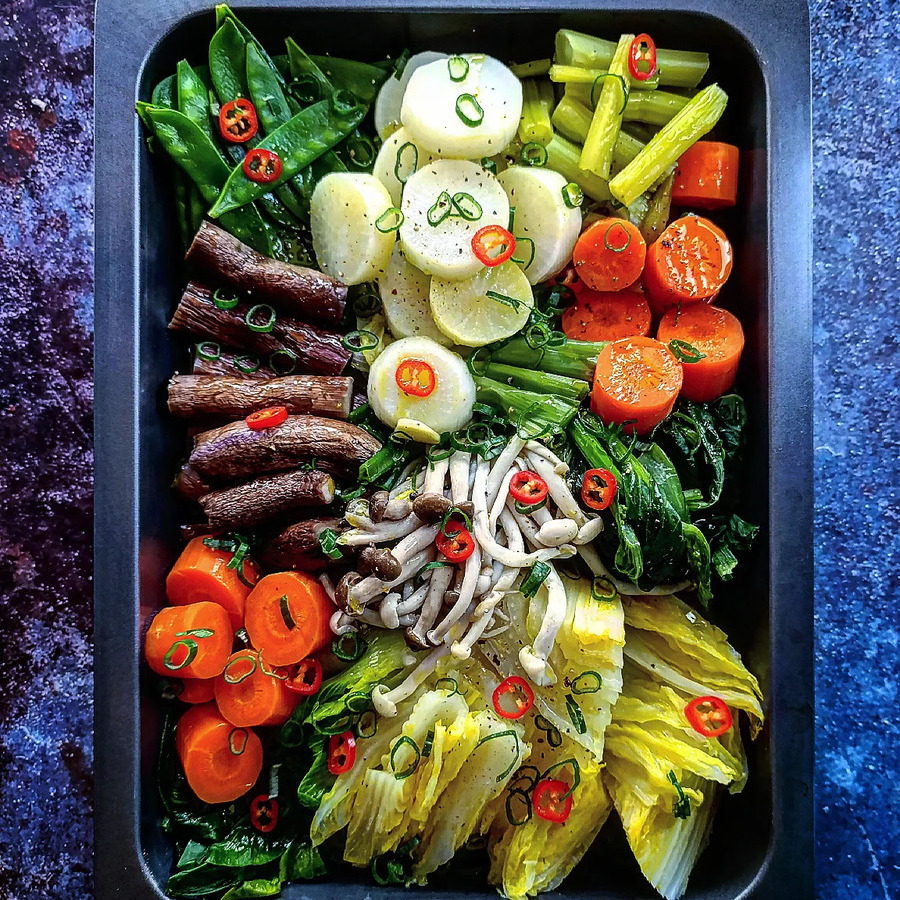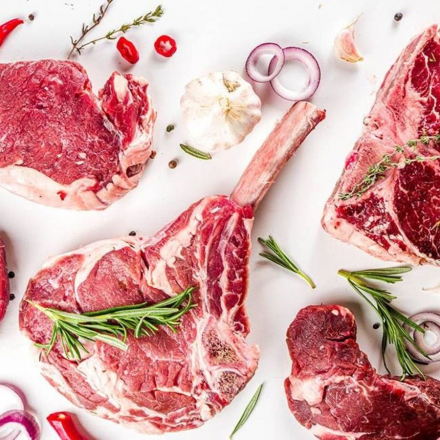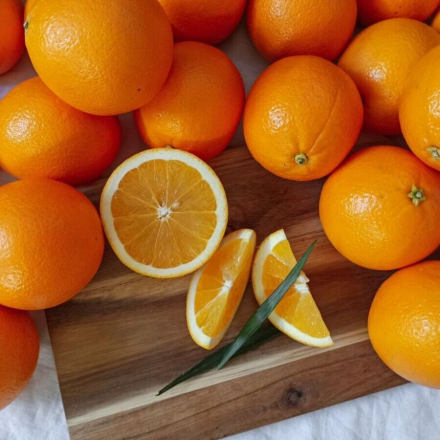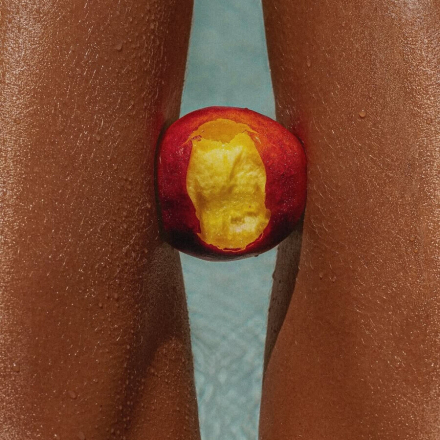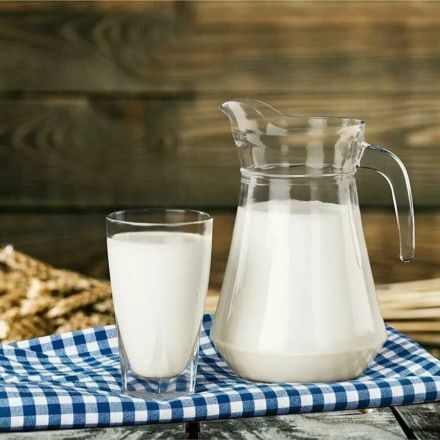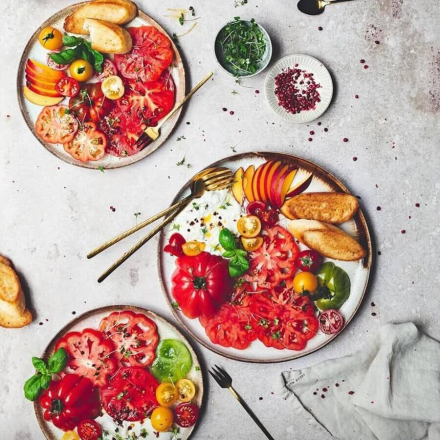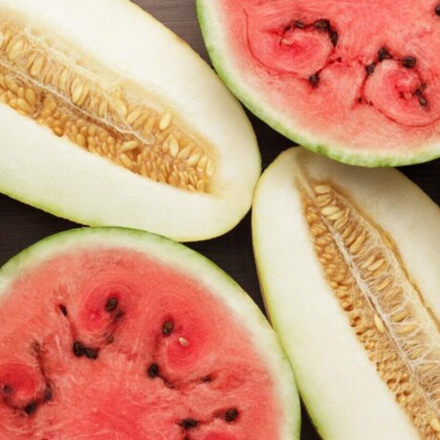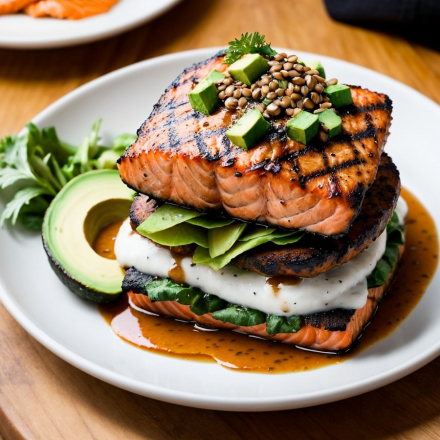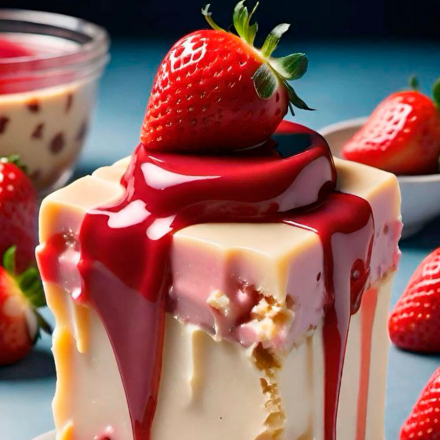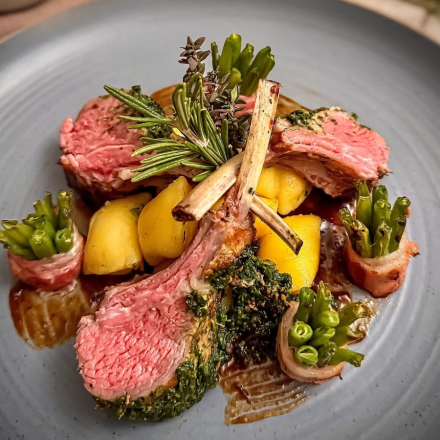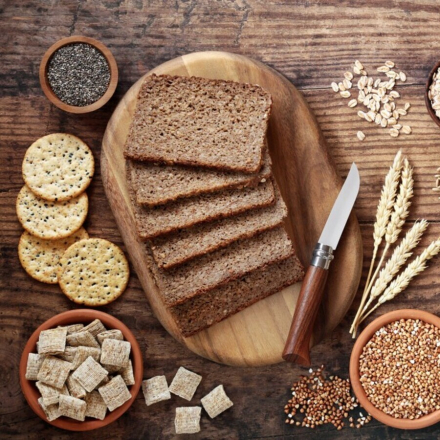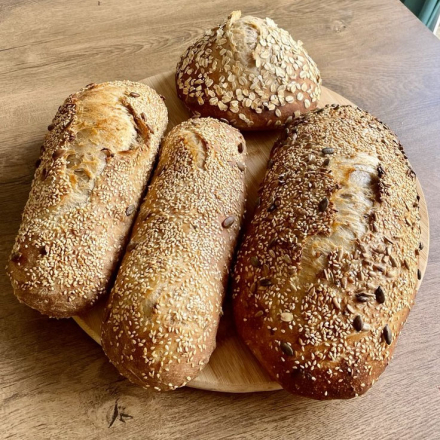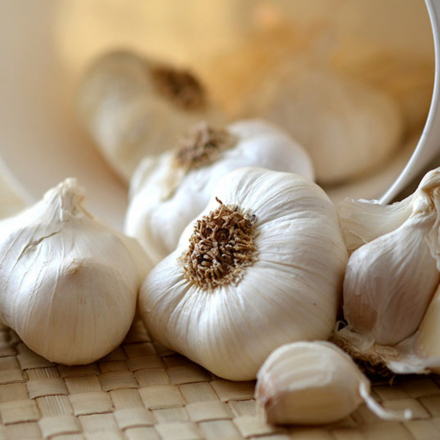Prebiotics in Your Diet: Why You Should Start Including Them Today
In the world of healthy eating, prebiotics have become a rising star. Their positive impact goes far beyond digestion — think glowing skin, a stronger immune system, and even a better mood. But what exactly are these “gut heroes,” and why should they have a permanent spot on your plate?
In the world of healthy eating, prebiotics have become a rising star. Their positive impact goes far beyond digestion — think glowing skin, a stronger immune system, and even a better mood. But what exactly are these “gut heroes,” and why should they have a permanent spot on your plate?
Prebiotics vs. Probiotics — What’s the Difference?
Many people mix them up, though they play different roles (and work best together!).
Probiotics are live “good” bacteria already present in your gut. They help maintain a balanced microbiome and are found in fermented foods like yogurt, kefir, sauerkraut, and kimchi.
Prebiotics, on the other hand, are fibers your body can't digest — but your gut bacteria can. They’re the favorite fuel of probiotics. The most common prebiotics include inulin, fructooligosaccharides (FOS), and beta-glucans. They help healthy gut bacteria thrive and strengthen your microbiome.
How Do Prebiotics Work in the Body?
Prebiotics travel undigested through the stomach and small intestine until they reach the colon, where they're fermented by beneficial bacteria. This process produces short-chain fatty acids like butyrate, which:
Reduce inflammation
Strengthen the gut lining
Improve nutrient absorption
Support immune function
Positively impact skin and mood
Top 10 Prebiotic Foods to Add to Your Diet
Want to boost your gut health naturally? Include these powerful prebiotic foods regularly:
Chicory root (rich in inulin)
Legumes: chickpeas, lentils, edamame
Green bananas (packed with resistant starch and pectin)
Oats and barley (full of beta-glucans)
Berries (fiber-rich and antioxidant-packed)
Jerusalem artichokes
Asparagus
Garlic
Onions
Leeks
One standout is the green banana: it’s loaded with resistant starch and pectin — your gut bacteria love it. Ripe bananas, on the other hand, contain more sugar and should be eaten in moderation, especially if you’re watching your blood sugar.
Food First or Supplements?
Experts generally recommend getting prebiotics from whole foods. Supplements can help in specific cases, but shouldn’t be your first option. If you’re unsure, talk to a healthcare professional.
By regularly incorporating both prebiotics and probiotics into your meals, you’re doing your digestion and immune system a huge favor. After all, nearly 70% of your immune cells are in your gut! And when your microbiome is balanced, you feel it everywhere: clearer skin, more energy, balanced appetite, and better stress resilience.
